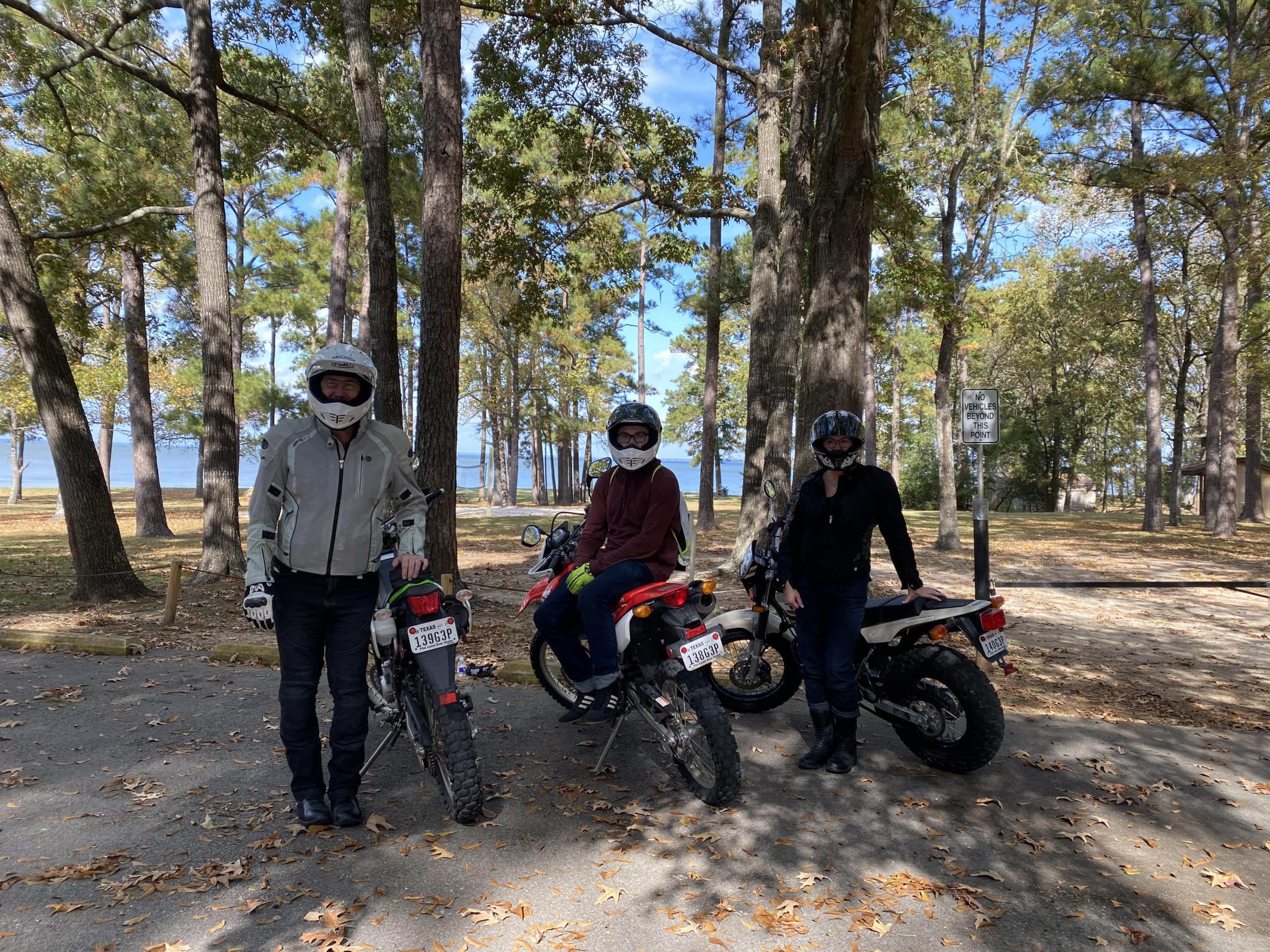Did you know our lawyers also are motorcyclists?
Between us, we have over 36 years of riding, and have owned 11 motorcycles between us, from a little Suzuki RM 80 to a 1449cc Harley Fatboy, with a Suzuki sv650s and a Yamaha R6 thrown in for good measure! We started riding minibikes and dirt-bikes in high school (or younger), then gradually moved up to street riding.
We are committed to motorcycle safety. This year we are Gold Level members of the National Motorcycle Safety Fund, part of the Motorcycle Safety Foundation.

One of our concerns is that, too often, car and truck drivers simply do not “see” motorcycles or motorcyclists. Too often, two-wheeled riders are “invisible” to drivers, even when they have their headlights on, wear bright colors, etc.
For example, a few years ago we represented a cyclist who was seriously hurt when a car turned left directly in front of him. The cyclist did everything right; the woman driving the car must have been thinking of something else, and ignored that he was there, directly in front of him.
Here for example is what the Motorcycle Safety Foundation recommends for car and truck drivers:
Ten Things All Car & Truck Drivers
Should Know About Motorcycles
1: Your Car Can Kill
Over half of all fatal motorcycle crashes involve another vehicle. Most of the time, the motorist, not the motorcyclist, is at fault. There are a lot more cars and trucks than motorcycles on the road, and some drivers don’t “recognize” a motorcycle – they ignore it (usually unintentionally).
2: Look Out For Us, Please
Because of its small size, a motorcycle can be easily hidden in a car’s blind spots (door/roof pillars) or masked by objects or backgrounds outside a car (bushes, fences, bridges, etc). Take an extra moment to look for motorcycles, whether you’re changing lanes or turning at intersections.
3: Check Again, and Again
Because of its small size, a motorcycle may look farther away than it is. It may also be difficult to judge a motorcycle’s speed. When checking traffic to turn at an intersection or into (or out of) a driveway, predict a motorcycle is closer than it looks.
4: Keep a Safe Distance
Motorcyclists often slow by downshifting or merely rolling off the throttle, thus not activating the brake light. Allow more following distance, say 3 or 4 seconds. At intersections, predict a motorcyclist may slow down without visual warning.
5: Lane Changing
Motorcyclists often adjust position within a lane to be seen more easily and to minimize the effects of road debris, passing vehicles, and wind. Understand that motorcyclists adjust lane position for a purpose, not to be reckless or show off or to allow you to share the lane with them.
6: Be Sure About that Signal
Turn signals on a motorcycle usually are not self-canceling, thus some riders (especially beginners) sometimes forget to turn them off after a turn or lane change. Make sure a motorcycle’s signal is for real.
7: Nimble – Most of the Time
Maneuverability is one of a motorcycle’s better characteristics, especially at slower speeds and with good road conditions, but don’t expect a motorcyclist to always be able to dodge out of the way.
8: Give Yourself Time to Stop
Stopping distance for motorcycles is nearly the same as for cars, but slippery pavement makes stopping quickly difficult. Allow more following distance behind a motorcycle because you can’t always stop “on a dime.”
9: See the Person
When a motorcycle is in motion, see more than the motorcycle – see the person under the helmet, who could be your friend, neighbor, or relative.
10: No Take-Backs
If a driver crashes into a motorcyclist, bicyclist, or pedestrian and causes serious injury, the driver would likely never forgive himself/herself.
From time to time, we will post articles about motorcycling and motorcycling safety. For everyone’s sake!
SAFE RIDING!



